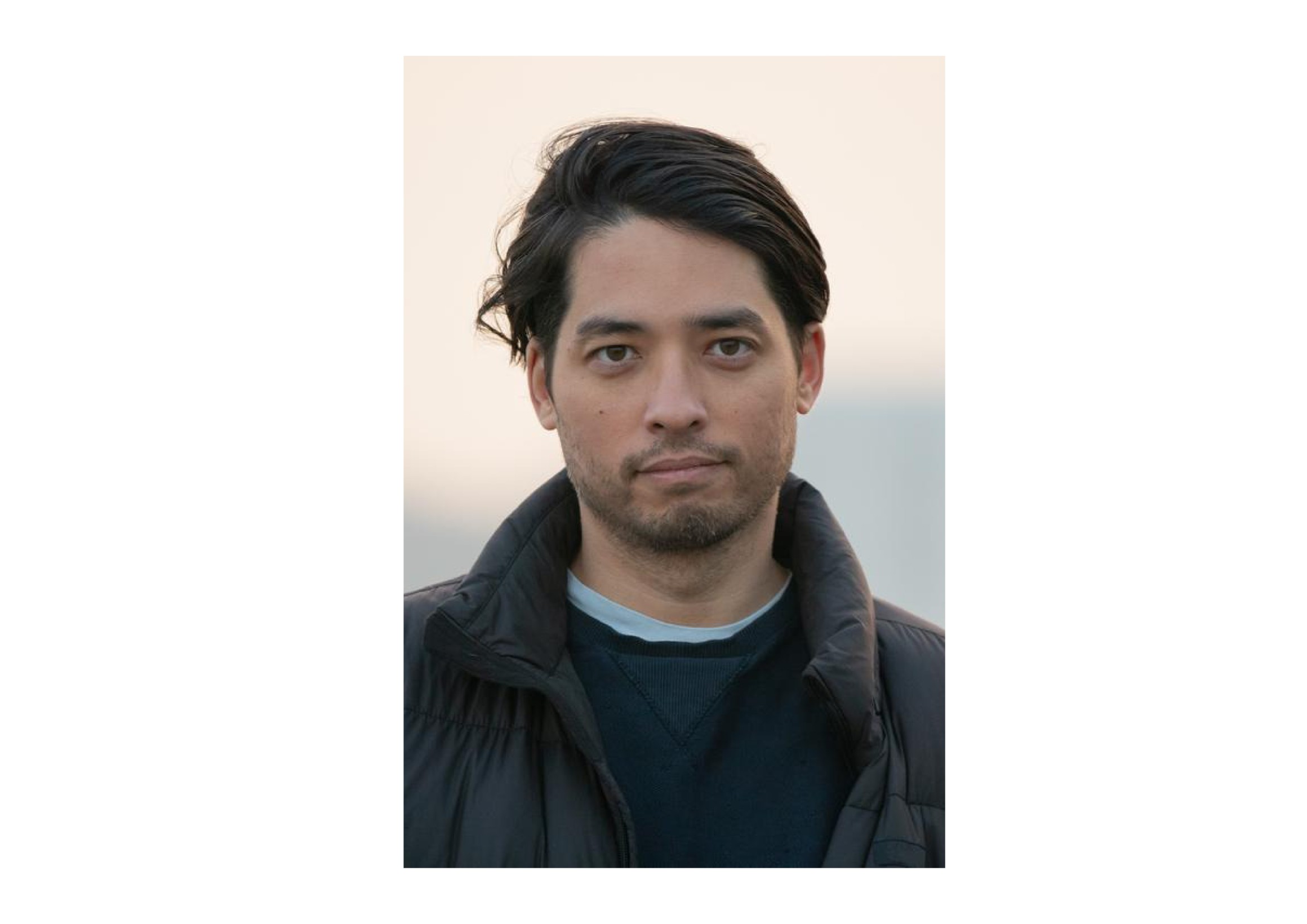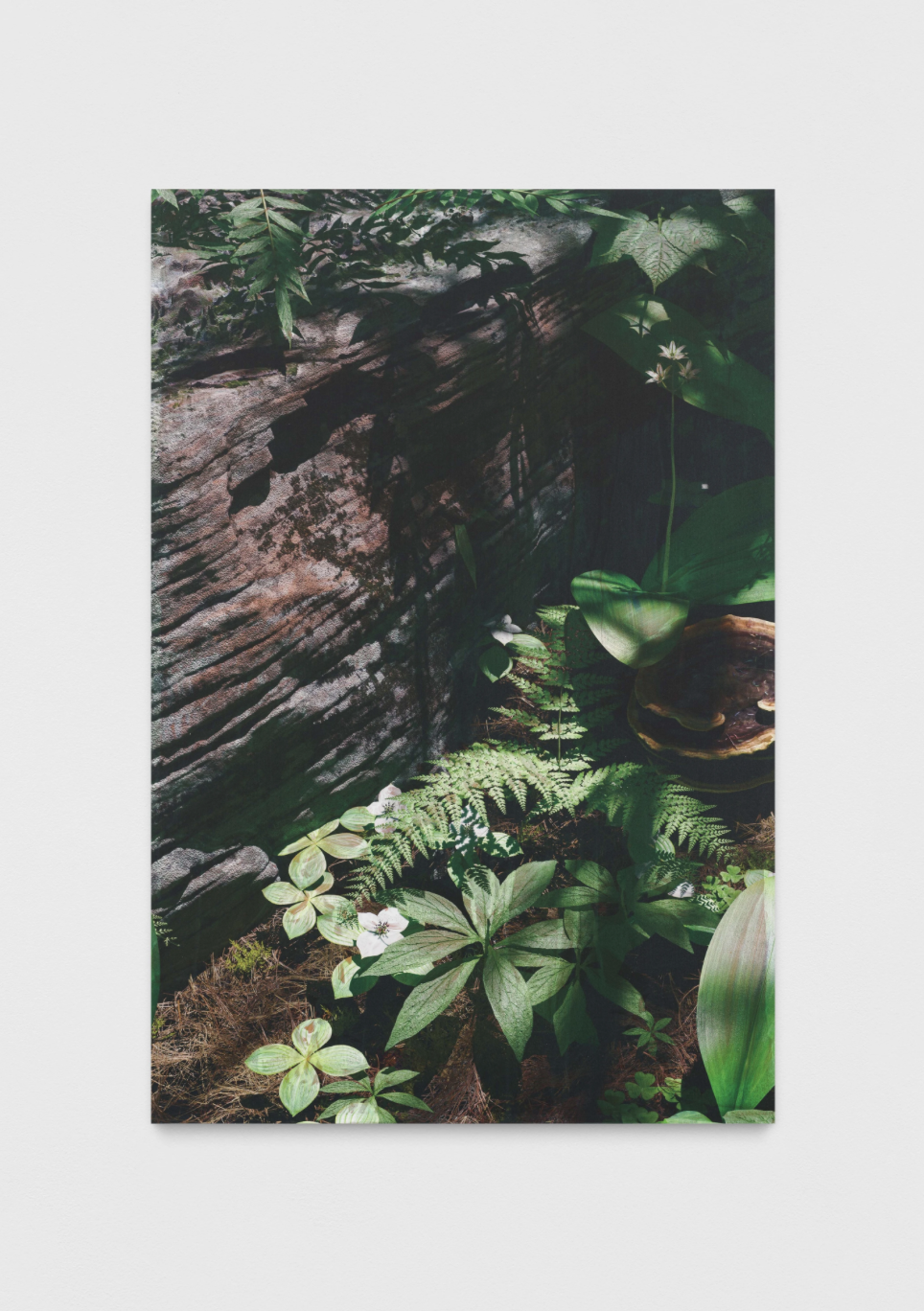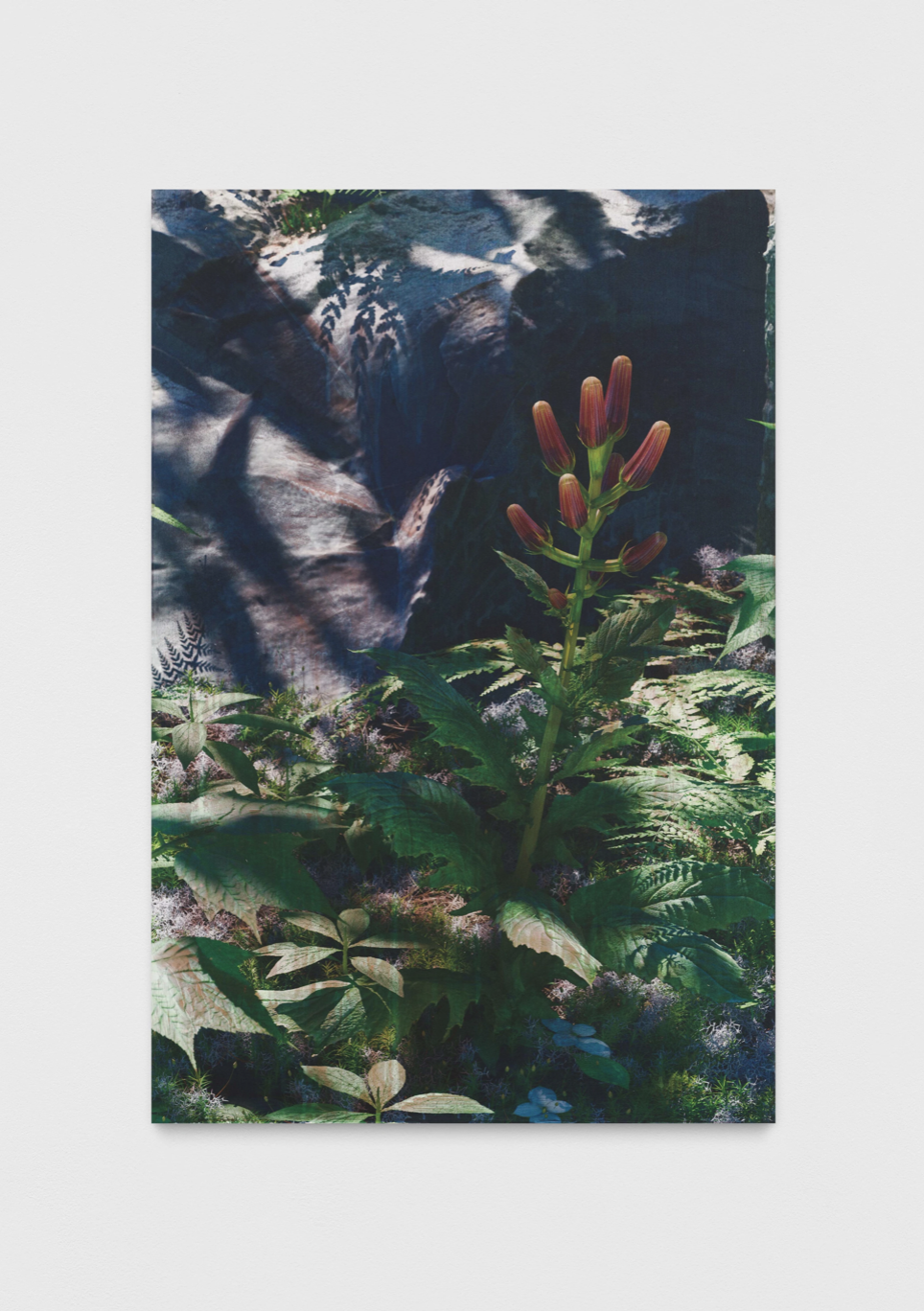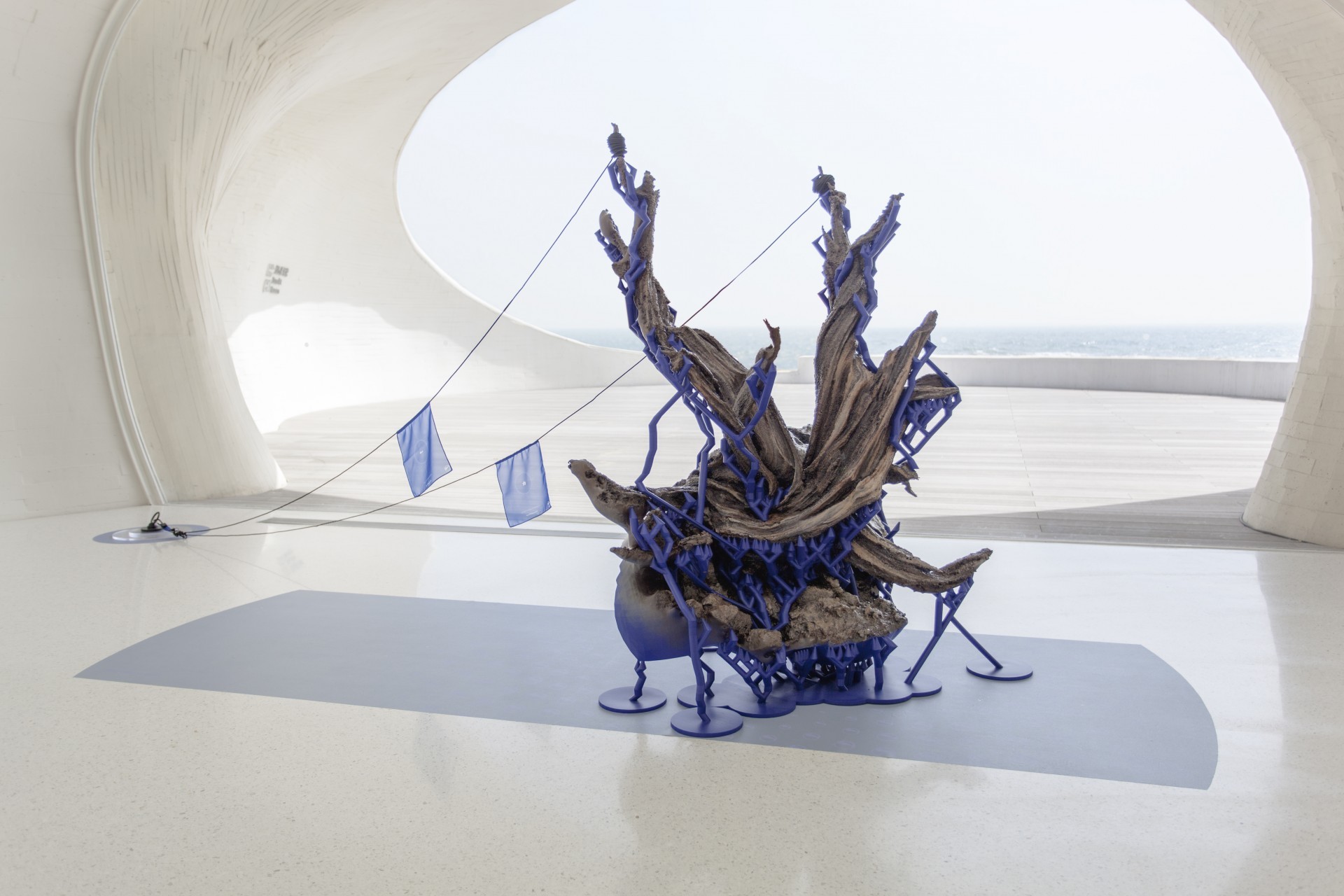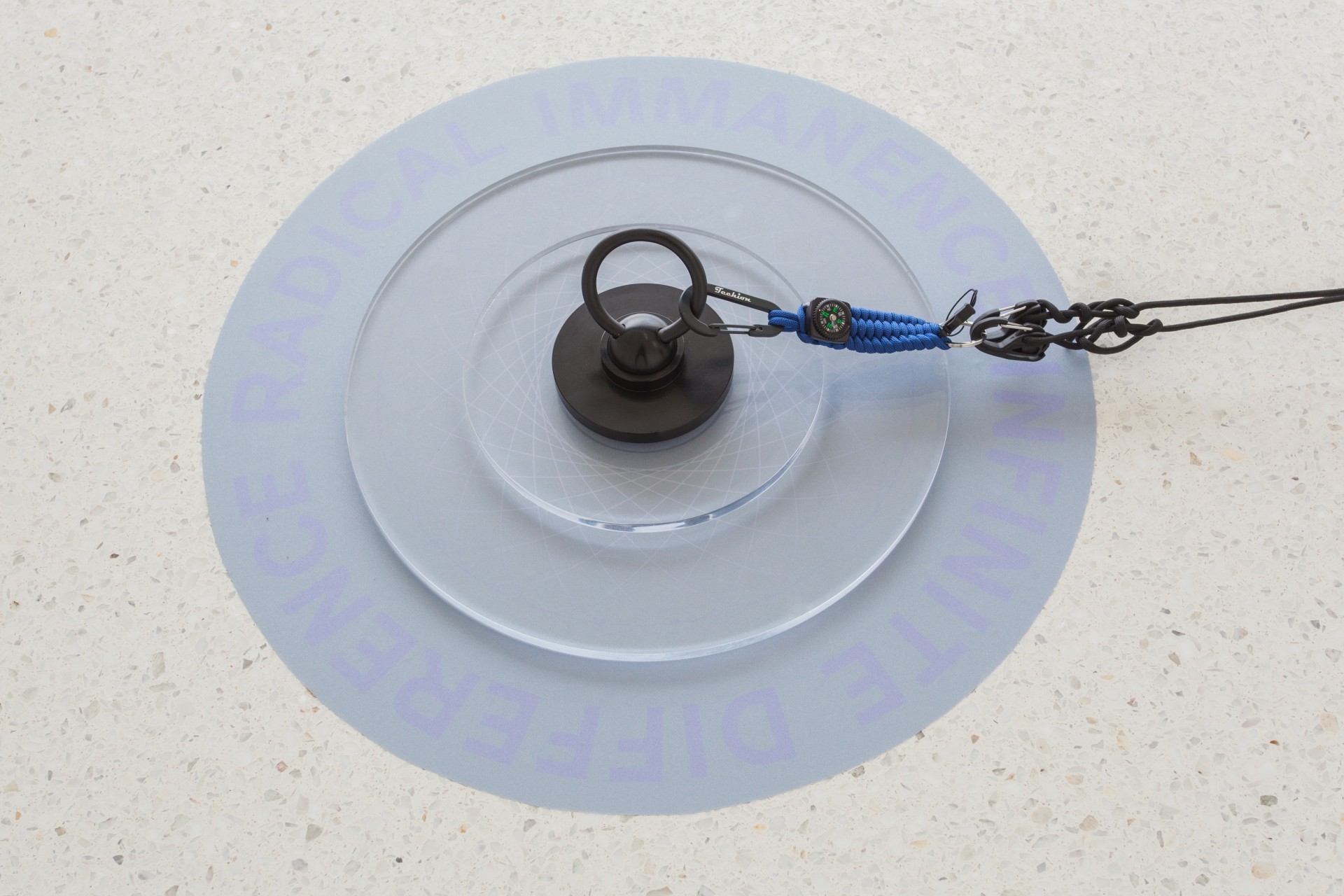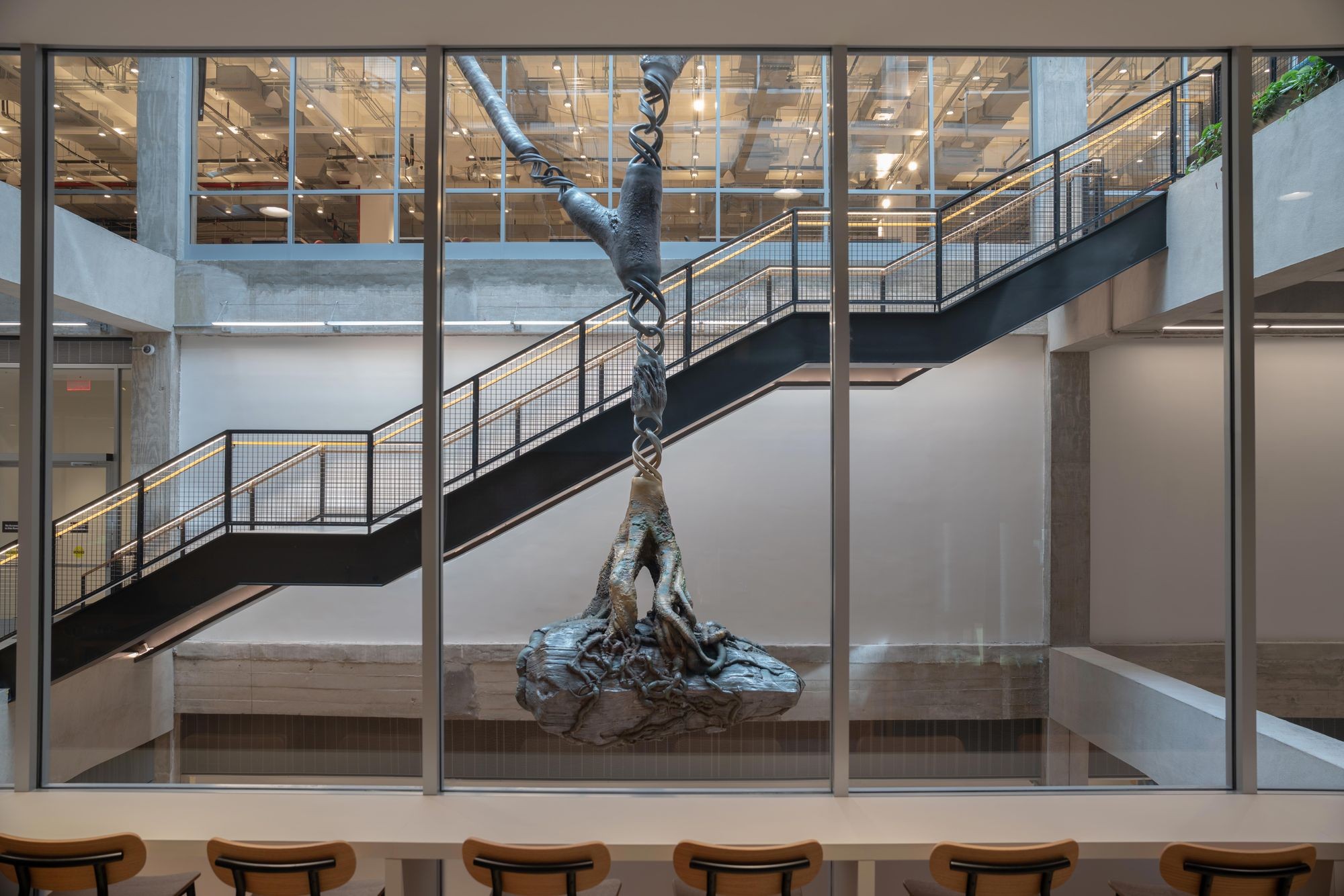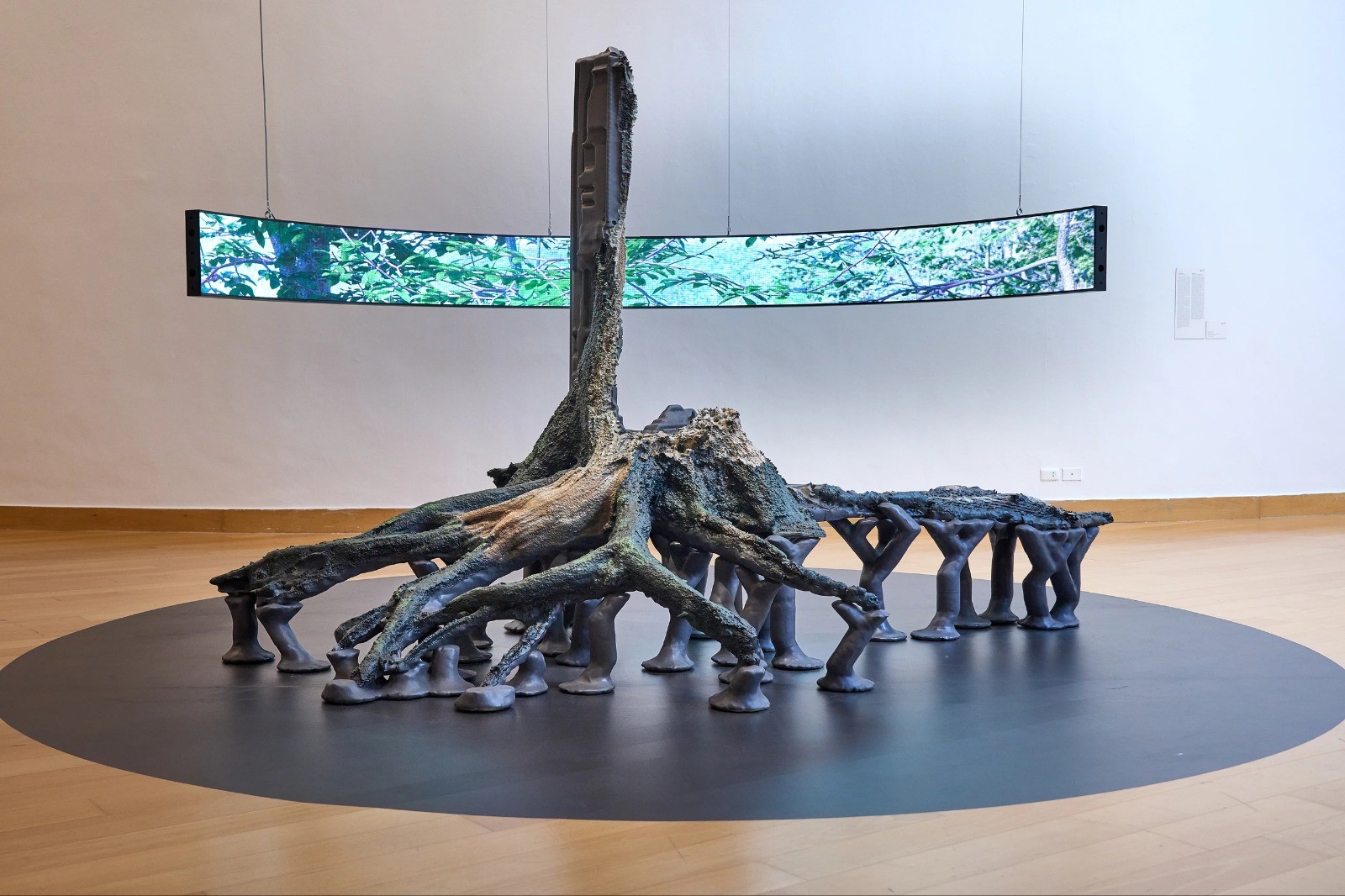-
Timur Si-Qin
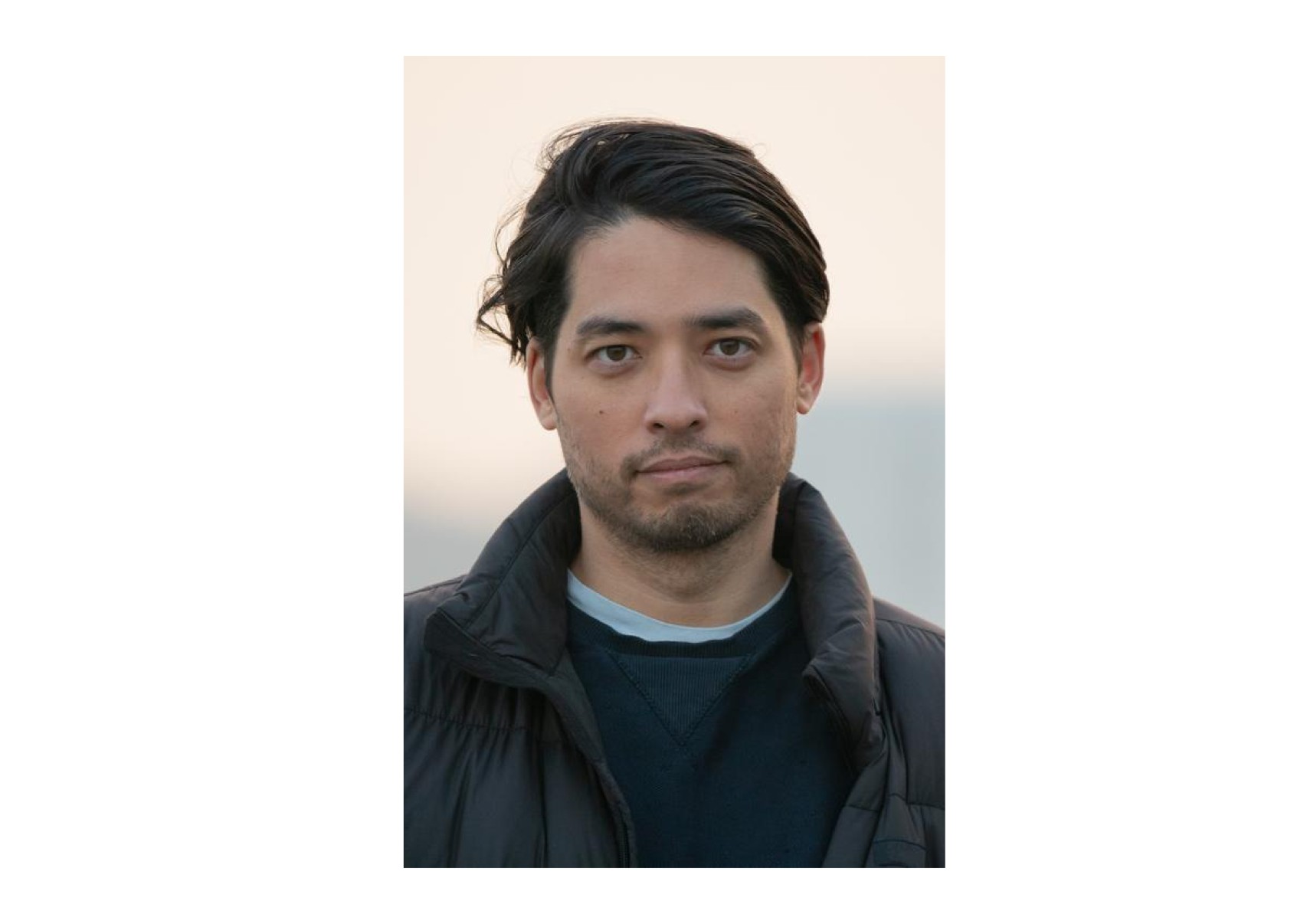
Timur Si-Qin’s interests in the evolution of culture, the dynamics of cognition, and contemporary philosophy, weave together to create a new kind of environmental art. Taking form through diverse media, installations of 3D printed sculptures, light-boxes, websites, texts, and virtual reality, Si-Qin’s work often challenges common notions of the organic vs the synthetic, the natural vs the cultural, the human vs non-human, and other dualisms at the heart of western consciousness.
Si-Qin’s long term meta-project is the proposal of a new secular faith in the face of climate change, global pandemics, and biodiversity collapse, called New Peace. Through New Peace individual works aggregate into a hyper-distributed, branded ecosystem of signifiers. Drawing from disparate disciplines like the anthropology of religion, marketing psychology, and new materialist philosophy, Si-Qin regards spiritualities as cultural softwares capable of deep behavioral and political intervention. New Peace is thus a new protocol for the necessary renegotiation of our conceptual and spiritual relationship with the non-human. New Peace is an artwork, a church, a brand, and a memetic machine.
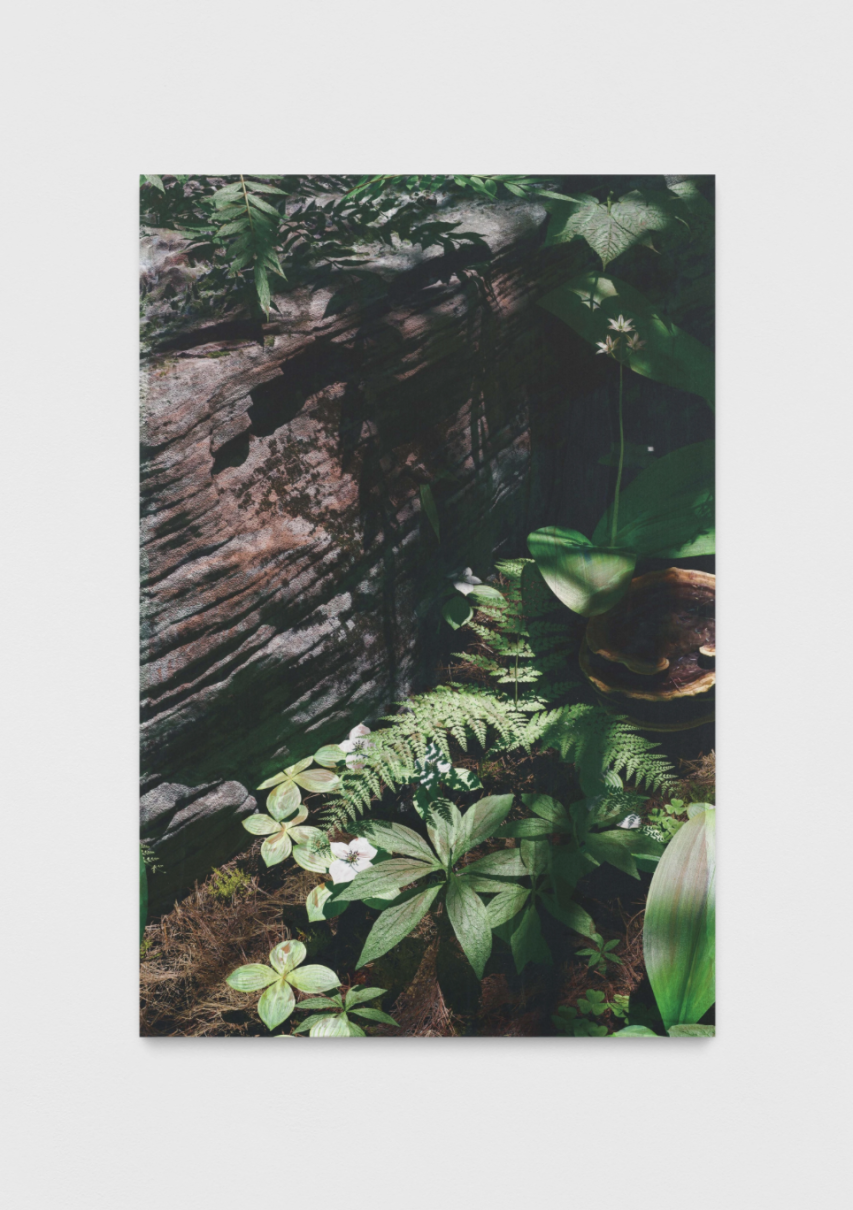
Untitled (natural origin, 9), 2023, custom aluminum dibond copper panel, gesso, UV-print, 99 x 66 x 3.2 cm. Courtesy the artist & Société, Berlin.
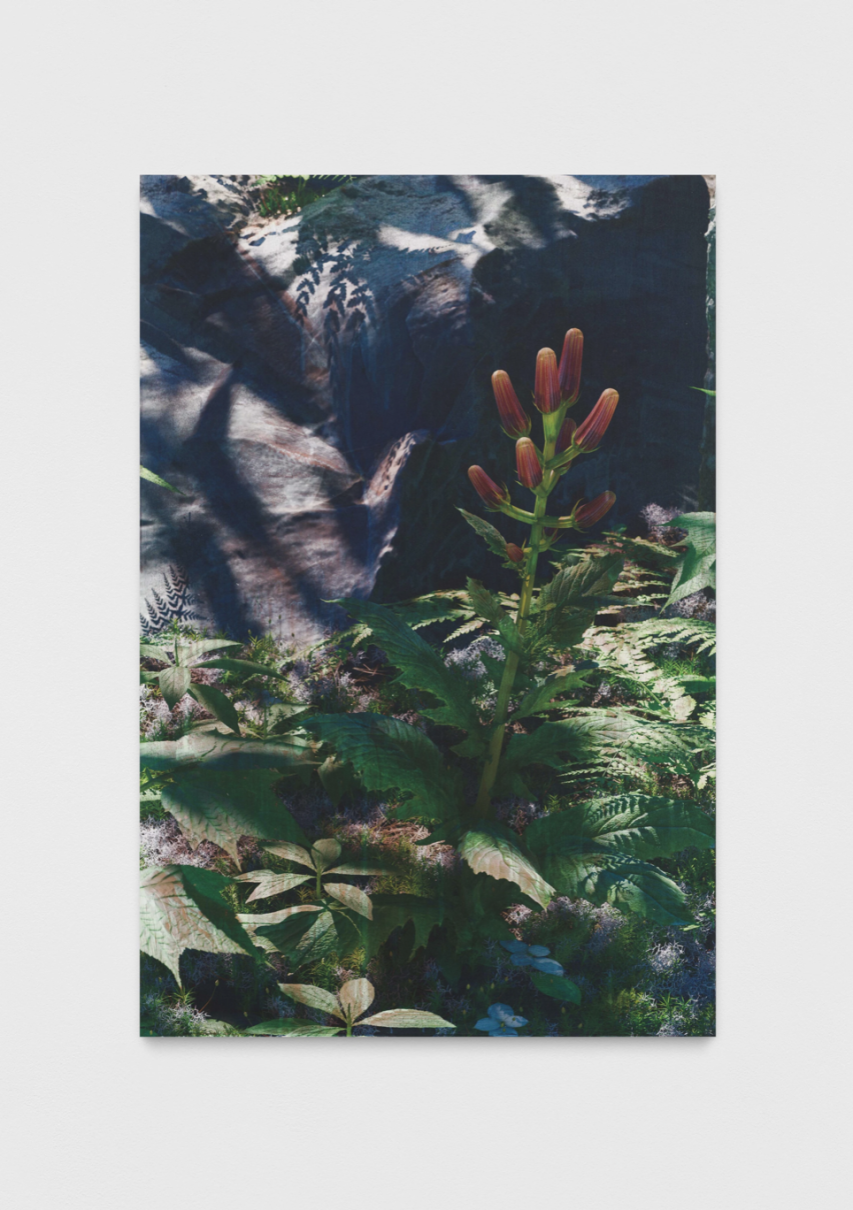
Untitled (natural origin, 5), 2023, custom aluminum dibond copper panel, gesso, UV-print, 99 x 66 x 3.2 cm. Courtesy the artist & Société, Berlin.
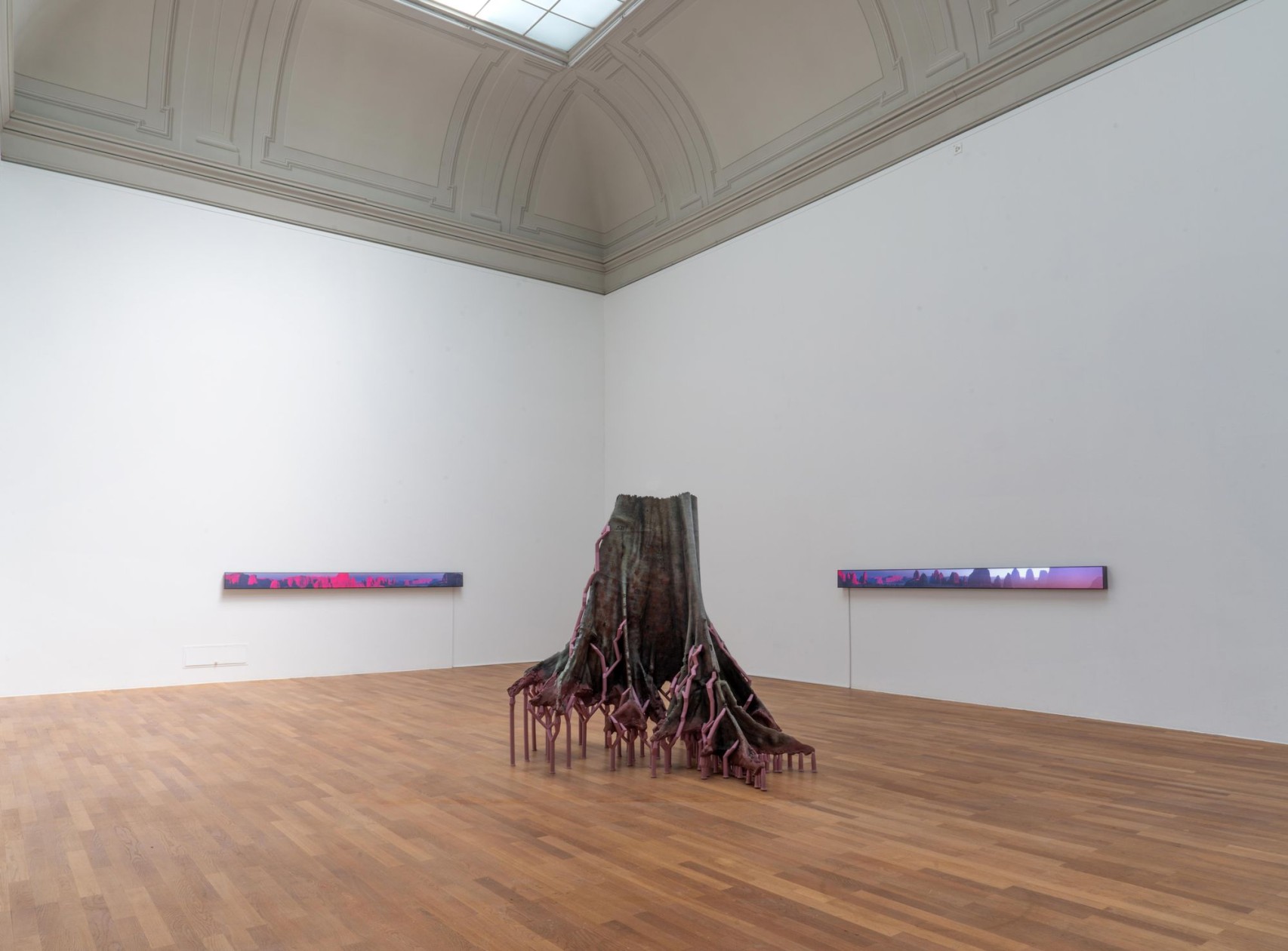
Exhibition view, Ecotone Dawn, Kunsthalle Winterthur, Winterthur, Germany, 2023.
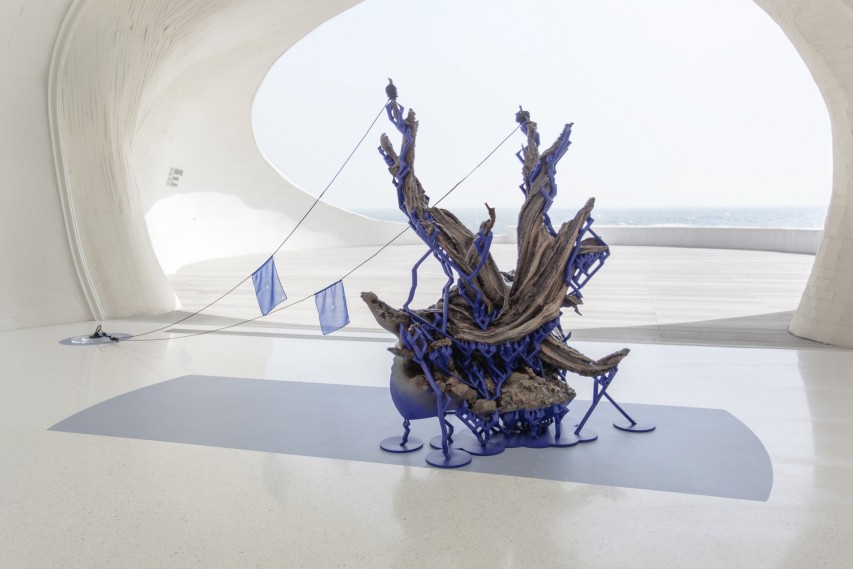
Exhibition view, Juniper/kneumapee (Age of Rocks - Religion of Scale), Land of the Lustrous, UCCA Dune, Aran Gold Coast, Chine, 2019.
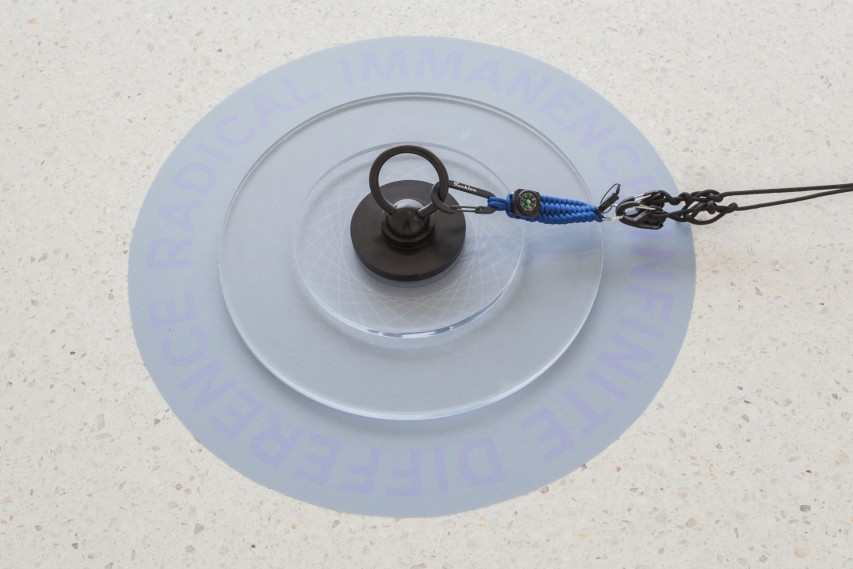
Exhibition view, Juniper/kneumapee (Age of Rocks - Religion of Scale), Land of the Lustrous, UCCA Dune, Aran Gold Coast, China, 2019.
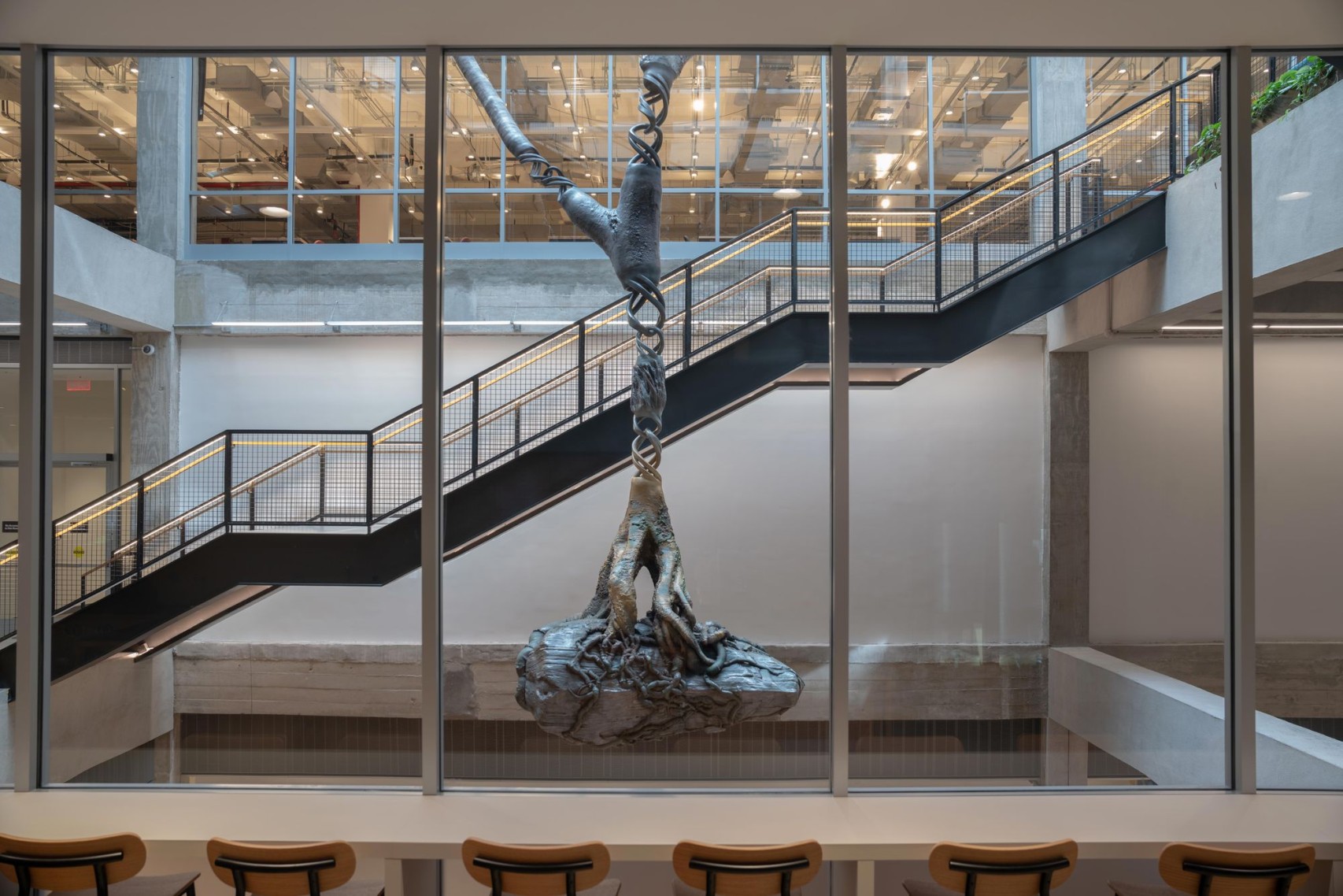
Exhibition view, Sacred Footprint, Meta, James A. Farley Building, New York, 2022.
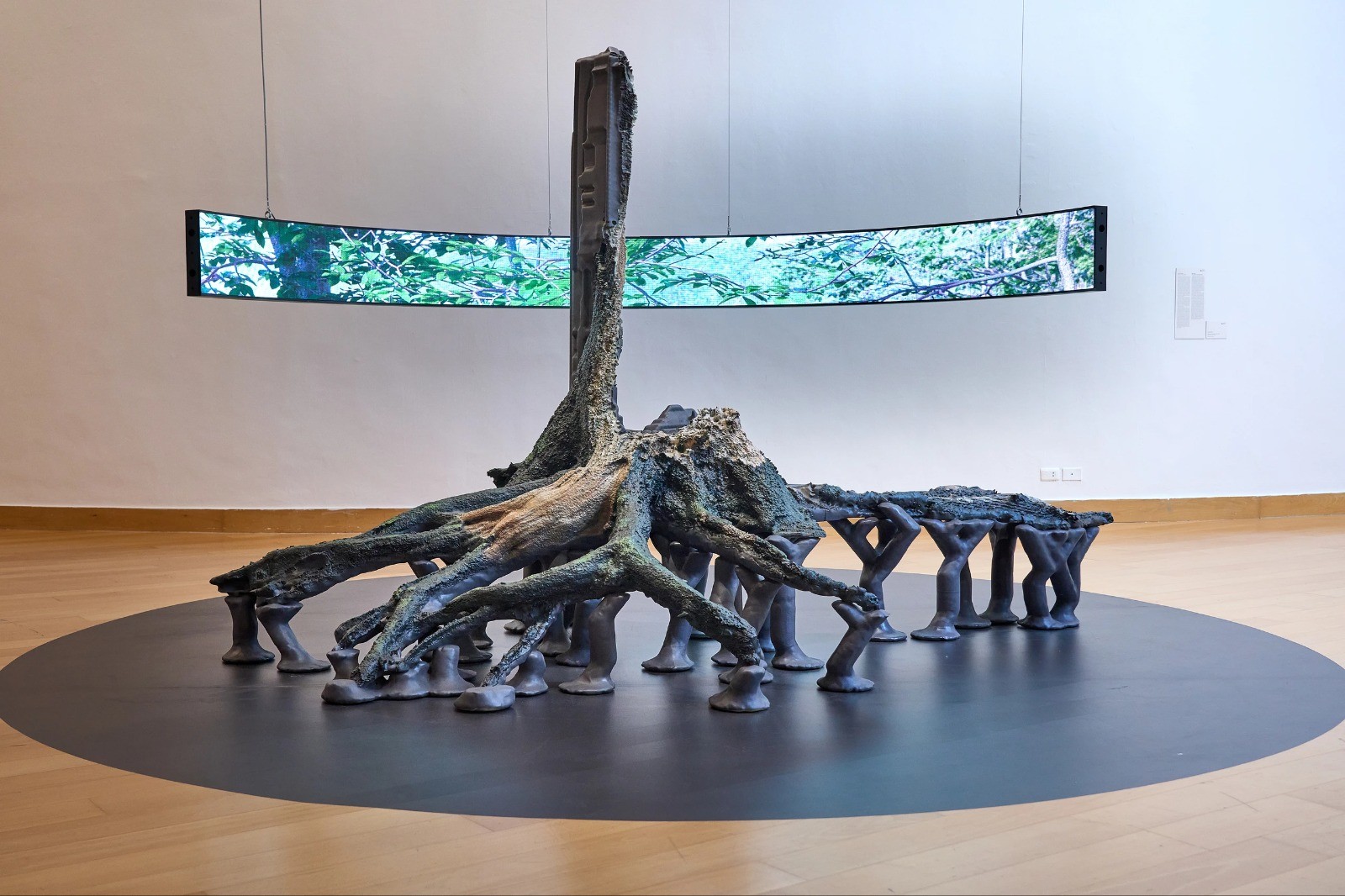
Exhibition view, Oracle of the Ashes of Plants, Bangkok Art Biennale, Bangkok Art and Culture Centre, Thailand, 2022.
Timur Si-Qin (b. 1984, Germany) is a New York-based artist of German and Mongolian-Chinese descent who grew up in Berlin, Beijing, and in the American Southwest.
His work has been extensively shown in solo exhibitions in Europe, the United States, and Asia, and was included in exhibitions at The High Line, New York; Schirn, Frankfurt; K11 Art, Shanghai; Musée d’Art Moderne, Paris; Ullens Contemporary Art Center, Beijing; The Center for Contemporary Art, Tel Aviv; Hamburger Bahnhof, Berlin; KW Institute for Contemporary Art, Berlin; and Kunsthalle Wien, among many others. He has participated in large-scale international exhibitions such as the Bangkok Art Biennale, Bangkok (2022); Diriyah Contemporary Art Biennial (2021), Saudi Arabia; Kunsttriennale Beaufort (2021), Belgium; Riga International Biennial Of Contemporary Art (2020), Latvia; Ural Biennale (2019), Russia; 9th Berlin Biennale (2016); Germany; and Taipei Biennial (2014).
